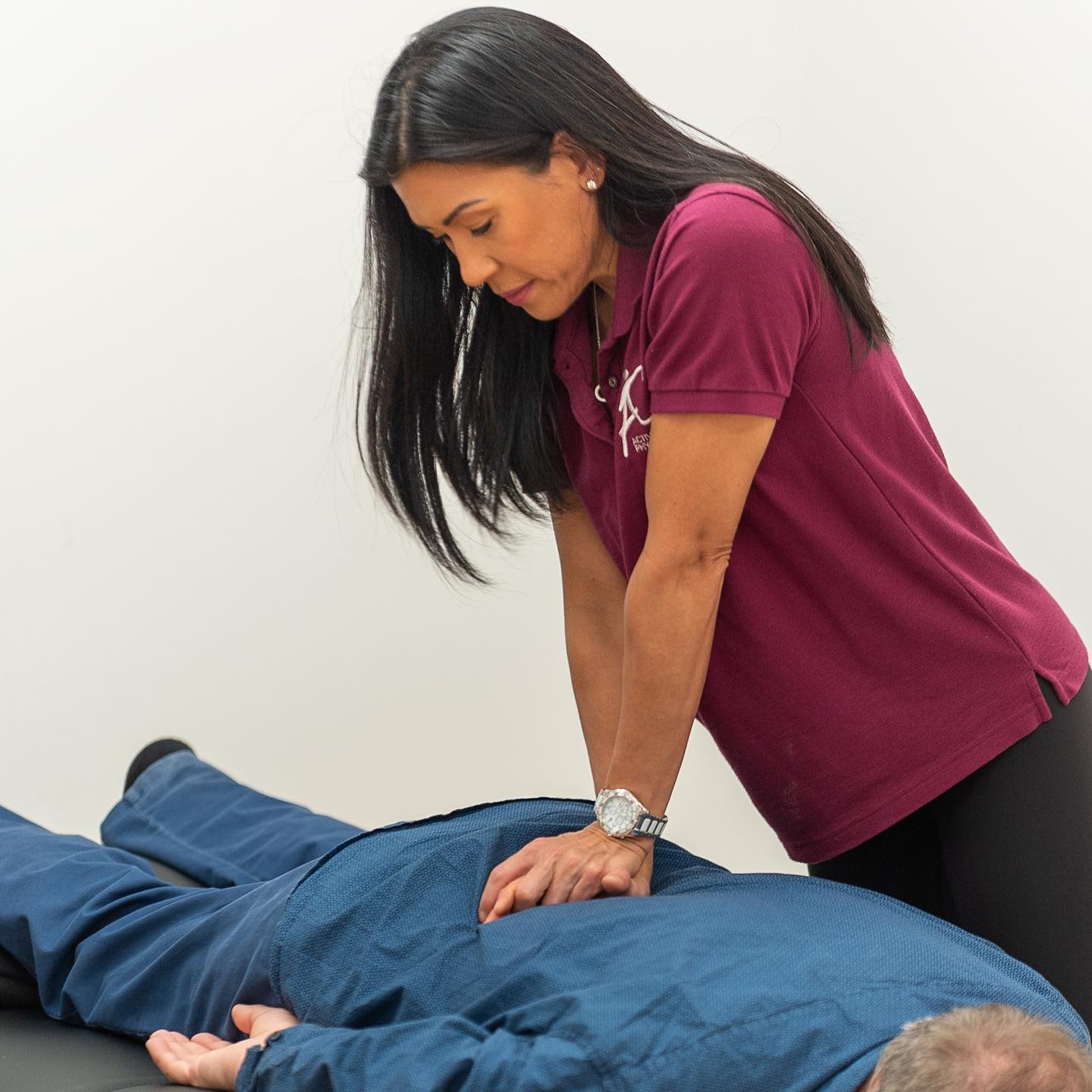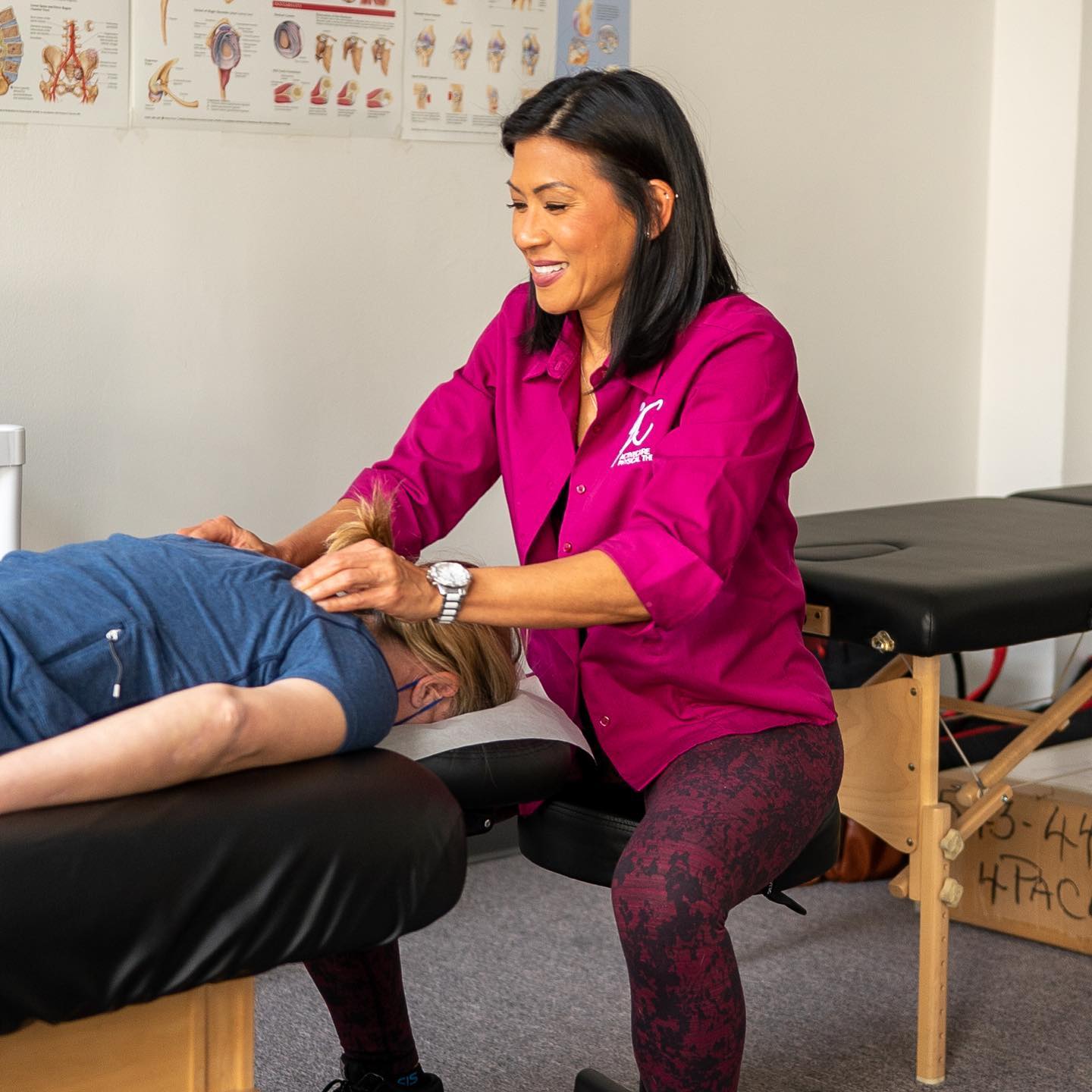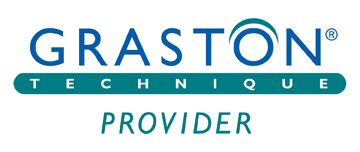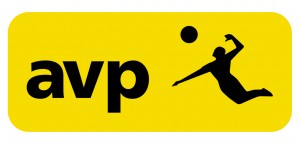Thoracic Spine Injury Physical Therapy NYC
back physical therapy: thoracic spine injury
The thoracic spine consists of 12 thoracic vertebrae (spinal bones). The ribs, which contain the lungs have direct connections to each vertebra. Movement in the thoracic spine is limited secondary to the ribs but is still necessary in order for the trunk to fully move in all directions.
A primary posture seen in almost all patients is an increase in thoracic kyphosis (forward bent posture). This is due to the structure of the body and its excessive motion in front of the trunk and chronic poor posturing. Each thoracic vertebra sits slightly in front of the one below, creating a hunchback type of posture.

technique
The technique demonstrated is a correction for this position by utilizing individual thoracic extension, called a thoracic posterior anterior joint mobilization. As each vertebra is mobilized into extension, or a backward bending moment the entire thoracic spine has the ability to hold itself more erect and minimize thoracic pain as well as any other joint issues stemming from this position (e.g. forward shoulder, forward head positioning).
our approach
- The patient is seated straddling the end of the table.
- The therapist stands behind and slightly to the side with restriction of motion of the patient.
- The patient folds their arms across their chest.
- The therapist reaches around to grasp the shoulder on the opposite side of restriction.
- The heel of the opposite hand of the therapist is placed on the vertebra that is restricted.
- The patient turns into the restricted direction and the therapist’s hand adds a mobilizing force on the restricted vertebra.












.jpg)



